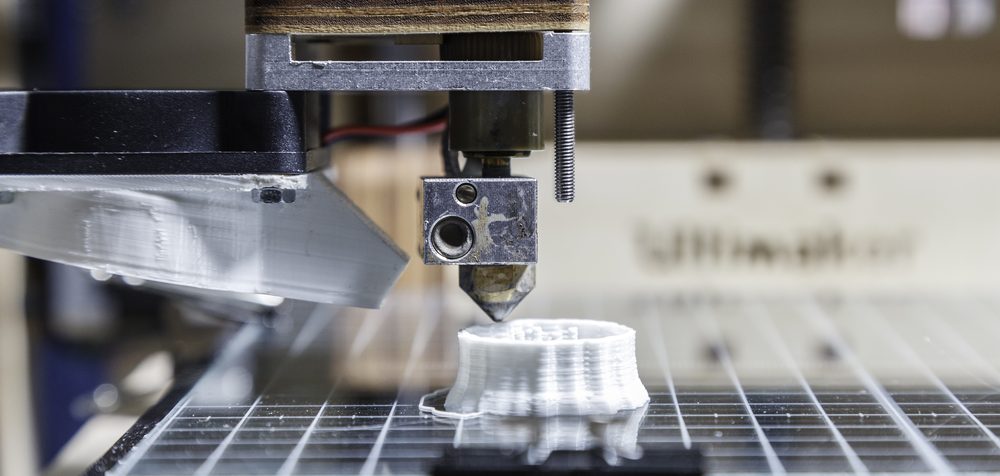
A team at the University of Science and Technology of China (USTC) has developed a water-based ‘wood ink’ to be used for 3D printing. Sustainable structural material is important for engineering applications, and the new material has been shown to be lightweight, have great thermal dimensional stability, and superb mechanical properties. This “wood ink” could lead to innovative developments in the field of additive manufacturing using wood waste.
Currently, most wood waste is reused as particle board, fuel, or mulch. The team, however, sought a way to use the wood waste as biodegradable alternatives to plastic.
“Wood can be deconstructed into lignin and cellulose nanomaterials – building blocks that imbue natural wood with its rigidity and mechanical strength,” the researchers stated in their paper.
The team developed this water-based ink by pretreating cellulose nanofiber (CNF) hydrogels to turn them into a high-performance bulk structural cellulose nanofiber plate (CNFP). The resulting CNFP demonstrated good serviceability under extreme temperature or rapid thermal shock, along with high energy absorption properties, and its mass production could be achieved in large scale at low cost. They then utilized the CNFP in the 3D printing procedure called direct ink writing (DIW). The printed design was freeze-dried and hot-pressed to improve the by-product’s mechanical properties, thus enhancing the mechanical strength of natural wood.
“The utilization of nanoscale building blocks through DIW for 3D printing wood offers a potential and sustainable pathway for wood recycling, intricate wood architecture, and the integration of mechanical reinforcements within wooden structures,” the authors noted.
The team from USTC expects to continue to make additional adjustments to improve the strength of the 3D-printed wooden structures and also to make the material more sustainable “while minimizing energy-intensive processes such as freeze-drying and hot-pressing.”
